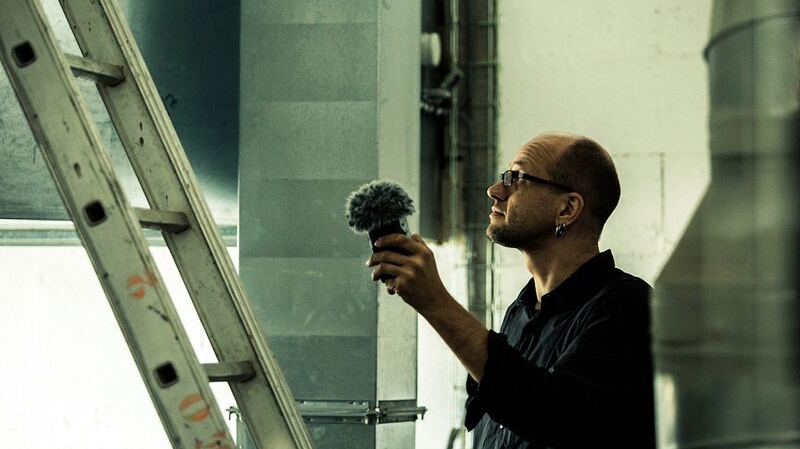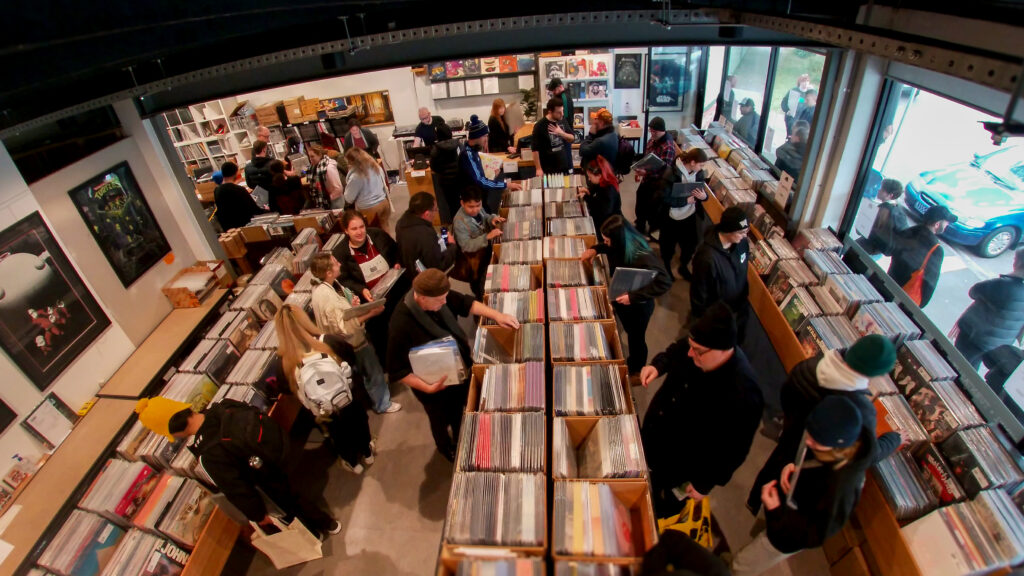Henke’s engineer parents were less than thrilled by his newfound lust for music, and they ignored his teenage forays into piano and gothic pop. Ultimately, however, their technical minds would be a major influence on the course of their son’s career. When Henke moved to Berlin in 1990, he enrolled in a computer science degree. While immersing himself in the dawn of rave culture, he became a programmer, as fixated by machines as he was by their effect.
“The people in club culture had no idea what academic composers were doing and the academic researchers had no appreciation for the seemingly stupid, simple repetition of club culture. For me, I didn’t see this so much as a contradiction because I saw mutual influences on both sides,” Henke says. “My own music was basically an attempt to incorporate elements for both worlds that I liked most. I wanted to have complex evolutions of sounds and I wanted to have the rigid, rhythmical structure I learned to love when I went to clubs.”
With teacher Gerhard Behles, Henke developed an application called the PX-18, which allowed them to perform improvised, pattern-based dance music. In 1995, he and Behles founded Monolake, a minimalist, deeply influential techno outfit that came to represent the Berlin sound. Working together throughout the ‘90s, they produced glitch-heavy, experimental electro that earned the controversial label of IDM (intelligent dance music).
Henke and Behles explored the outer edges of sensory experience in both their music and performance, and with Bernd Roggendorf they developed software that would transform the electronic music scene: Ableton. An extension of the PX-18 technology, it allowed digital producers to improvise and create live and in real time. It brought computers a step closer to traditional instruments, where the performer’s direct movement resulted in sound. In the ‘00s, Ableton Live became ubiquitous software, alongside a Monodeck MIDI controller that Henke also developed. Electronic musicians as engineer/architects were replaced with producer/performers who would increasingly take centre stage on the global live music circuit.
Meanwhile, Henke was pushing forward into bold new frontiers. He stepped away from the booming Ableton business in 2009 and refocused on his own work, developing an artform that combined music, light and digital performance in unprecedented ways. “I dramatically cut down my involvement with Ableton and this freed up a lot more energy than I assumed,” he says. “I poured that energy into the visual elements.”
Henke’s chief interest now is lasers. His live performance has evolved into an immersive audiovisual experience that synchronises intricate, rapidly evolving laser projections with sound.
“It became a very natural extension of what I was thinking about anyway, to work more visually,” he says. “I did sound installations which at some point involved a visual element and then suddenly I ended up doing visual installations, where the visual side became more important than the sonic side.”
Using his own customised software, which he re-codes as necessary, Henke creates immersive, synesthetic experiences that continue to push the boundaries of computer-generated art. He is still fixated by the promise of machines and fascinated with their effect.
“At the end of the day, as a technology driven person or as an artist who embraces the use of technology, the things I do conceptually, for instance when I work with the lasers, are not so different from the things I do when I’m working on sound. I apply the same concepts. I use the same tools. I am interested in the same ideas, it’s just a different medium.”
BY SIGGY JAVOTNIK







